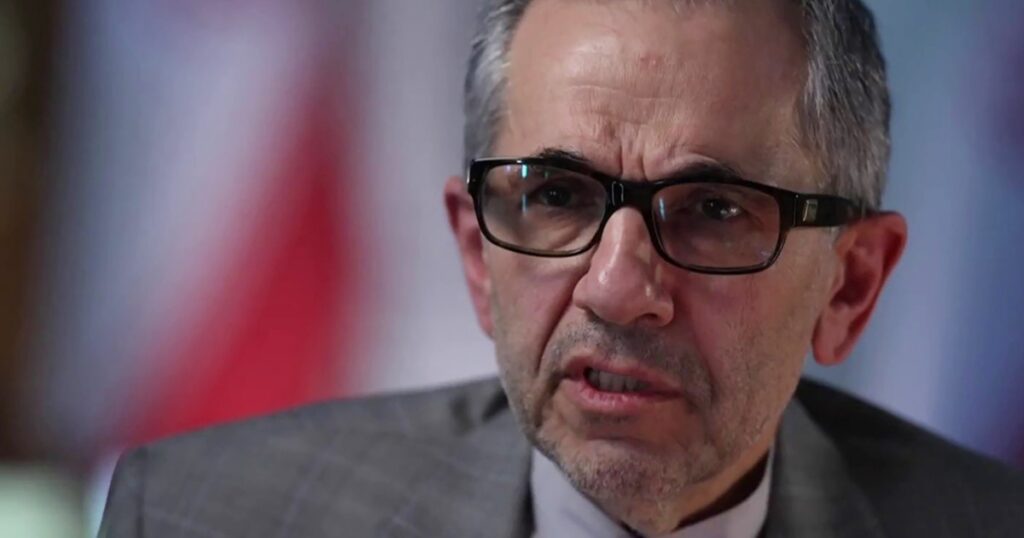Uncertainties Surround Trump’s Quest to Privatize Fannie Mae and Freddie Mac
President Trump’s efforts to privatize the mortgage entities Fannie Mae and Freddie Mac are facing increasing skepticism among banking circles, according to reports.
Wall Street financial institutions, responsible for underwriting the anticipated $30 billion public offering, have been assessing the complexities involved in the potential “recap and release” of these government-sponsored enterprises. This term refers to the process of building capital reserves before offering shares to public investors.
Their findings indicate considerable obstacles. Legislative action may be necessary, especially since both entities are burdened with significant debt. Furthermore, doubts remain regarding their actual privatization; it appears likely they would continue to rely on taxpayer backing for stability.
In essence, the situation is quite complicated.
Fannie Mae and Freddie Mac were originally established by Congress to support a stable 30-year mortgage market—an endeavor profitable for homeowners but often detrimental for banks, particularly in fluctuating housing markets. The idea was that if banks could consistently sell these long-term loans to Fannie and Freddie, they could continue originating new ones.
However, an unusual twist occurred when the federal government decided to allow both entities to operate as public companies. This raises the question: why would anyone invest in a business that primarily funds a sector known for its lack of profitability?
The answer lies in taxpayer assurances. With government backing, Fannie and Freddie were able to borrow at favorable rates to finance mortgages and package them for profitable sales, a practice that benefited them for many years, securing their popularity on Wall Street — until they fell from grace.
Encouraged by political leaders, these institutions were urged to make homeownership widely accessible. Concurrently, banks began offering riskier subprime mortgages to individuals with diminishing repayment capabilities, offloading the risk to these government-sponsored enterprises.
The market took a downturn in 2008, resulting in a collapse that necessitated federal bailouts not only for banks but also for Fannie Mae and Freddie Mac. Since then, both organizations have operated under government conservatorship. They are traded publicly but only on Over-The-Counter markets due to their ongoing insolvency based on standard accounting practices.
Trump’s objective is to alleviate the government’s burdens associated with Fannie Mae and Freddie Mac. The Treasury holds significant stakes and could potentially realize substantial profits from a public offering. However, the absence of taxpayer guarantees would restrict these entities’ ability to borrow at low rates.
Another complication arises: congressional approval may be mandated for an IPO since taxpayer funds are implicated. This poses a challenge, as many lawmakers may be reluctant to support a move that enriches Wall Street while placing their constituents at risk.
Given these complexities, sources suggest that Wall Street remains skeptical that the IPO will materialize. During Trump’s first term, many of these issues led to a deadlock, with no resolutions reached by the end of his presidency in 2021.
Meanwhile, hedge fund investors like Bill Ackman and John Paulson, both notable contributors during Trump’s 2024 campaign and major stakeholders in Fannie and Freddie, are likely advising the president to disregard the doubters.
However, as stakeholders grapple with the implications of privatizing these entities—likely under ongoing taxpayer support—the initiative could revert to its initial stage.
Requests for comments from officials within the Trump administration were not answered.

Passionate journalist and digital news editor with a keen eye for global affairs and emerging trends. As the founder and lead writer of RSS News US, he is dedicated to delivering accurate, insightful, and engaging content to readers seeking trustworthy news in a fast-paced world.


